Home>Ideas and Tips>Upgrading Your Home’s Windows With DIY Insulating Film
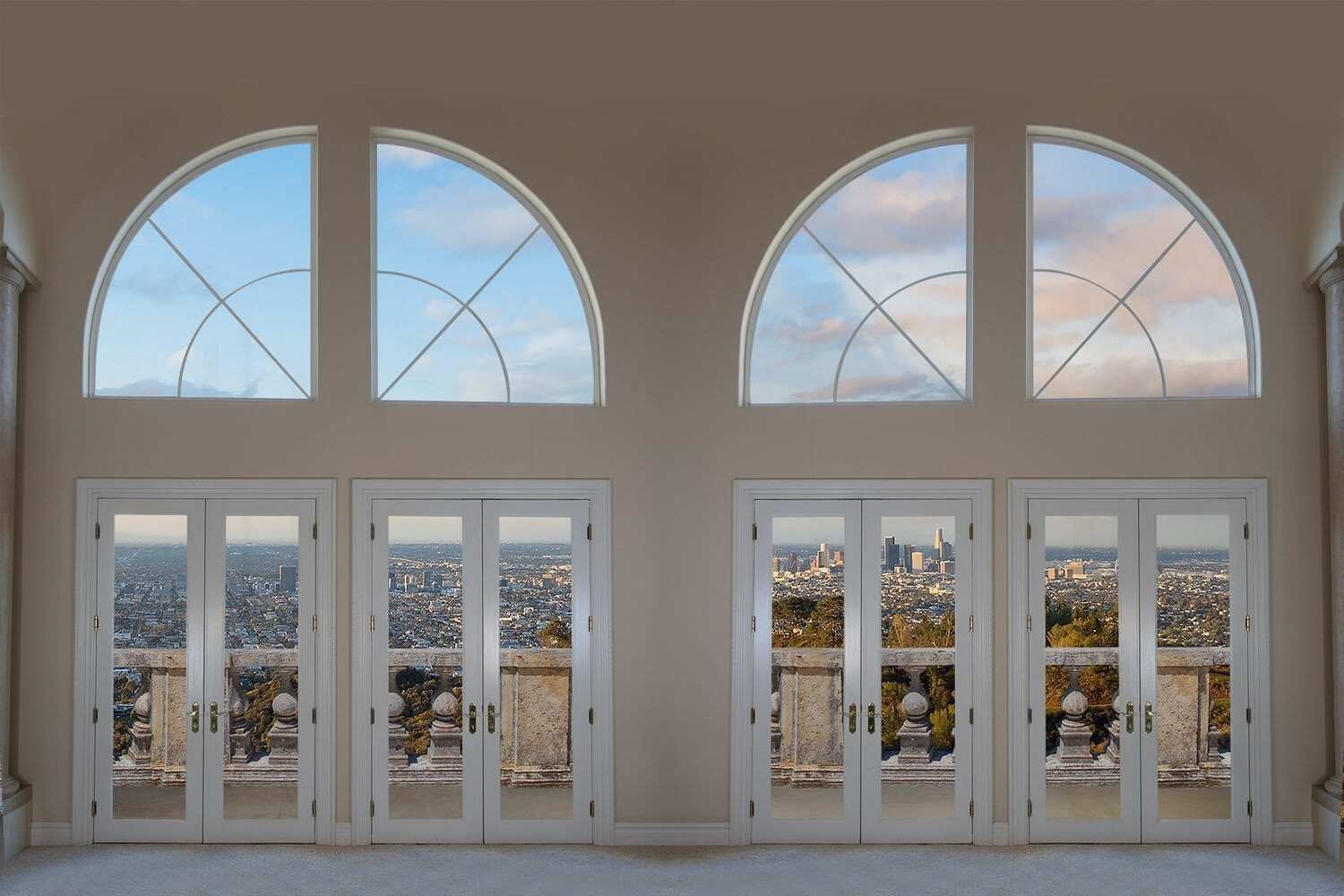

Ideas and Tips
Upgrading Your Home’s Windows With DIY Insulating Film
Modified: October 28, 2024
Upgrade your home's energy efficiency with DIY insulating film. Learn the benefits, installation steps, and tips for a cozy, cost-effective living space.
(Many of the links in this article redirect to a specific reviewed product. Your purchase of these products through affiliate links helps to generate commission for Storables.com, at no extra cost. Learn more)
Upgrading your home's windows with DIY insulating film can make a world of difference in your comfort and energy bills. But why exactly should you consider this upgrade? Let's dive into the nitty-gritty.
Windows are often the weakest link in a home's insulation. They let heat escape in the winter and let it in during the summer. This constant heat transfer can make your home less comfortable and drive up your energy bills. Traditional solutions like double-glazed windows or storm windows can be pricey and might not be an option for everyone. That's where DIY window insulation kits come in handy. They're affordable, easy to install, and can significantly improve your home's energy efficiency.
Benefits of DIY Window Insulation Kits
DIY window insulation kits offer several perks that make them a great choice for homeowners looking to boost their home's energy efficiency:
- Cost-Effective: These kits are generally inexpensive compared to other energy-saving solutions like window replacement or upgrading insulation.
- Easy Installation: The installation process is straightforward and can be completed with basic household tools. Even novice DIY enthusiasts can tackle it.
- Energy Savings: By reducing heat transfer, these kits help regulate indoor temperatures, reducing the need for excessive heating or cooling. This leads to significant cost savings on energy bills.
- Environmental Benefits: By reducing energy consumption, these kits help minimize the carbon footprint associated with heating and cooling systems.
- Aesthetic Enhancement: Many modern designs are less obtrusive, enhancing the appearance of your windows while providing insulation.
Types of DIY Window Insulation Kits
There are several types of DIY window insulation kits available, each with its own features and benefits:
- Plastic Shrink Film Kits: These kits include plastic shrink film that you apply to the interior of the window frame using double-sided tape. Once the film is in place, you use a hair dryer to shrink it and create a tight, insulating seal.
- Thermal Window Films: These films reduce heat transfer by creating a thermal barrier between the window pane and the surrounding air. They often come with special coatings that reflect heat into the room while preventing it from escaping.
- Low-E Window Films: Low-emissivity (low-e) window films are coated with a thin layer of metal or ceramic that helps minimize radiative heat transfer through the windows. This makes them highly effective in both summer and winter.
Step-by-Step Guide to Installing DIY Window Insulation Kits
Installing a DIY window insulation kit is a simple process that requires some basic preparation and attention to detail:
- Clean the Window and Frame: Before you start, clean the window frame thoroughly. This ensures that the adhesive tape sticks properly, creating an airtight seal. Use a mild cleaning solution and a soft cloth or sponge to wipe down the frames and windows.
- Prepare the Window Film: The plastic shrink film comes in large sheets that need to be cut to size. Measure your window, allowing a few centimeters extra on each side to reach the frames. Cut the plastic sheet carefully so it fits perfectly over your window.
- Tape Up the Frames: Apply double-sided tape along the outer edge of the window frame, ensuring it is not too close to the glass panes. This is crucial for trapping a thick layer of air between the window pane and the film for better insulation. Start from the top and work your way down, peeling off the backing once you're satisfied with the placement.
- Apply the Film: Working from a top corner, attach the plastic window film to the mounting tape. Press firmly and stretch out the film as you go so it's taut. Continue working your way down until you cover the entire pane without any gaps.
- Shrink and Secure: Use a hair dryer to apply heat to the edges of the film. Avoid holding it too close or in one spot for too long, as this can cause overheating. The film should tighten over your window, trapping a layer of air effectively making it double or triple-glazed depending on what you started with.
- Finishing Touches: Once you've ensured an airtight seal, neaten up any excess film by cutting it off at the edges. If sagging occurs or wrinkles appear later on, simply reapply heat using a hair dryer to shrink them back into place.
Real-Life Experiences with DIY Window Insulation Kits
While many people have had positive experiences with DIY window insulation kits, there are also some common issues that users have encountered:
- Installation Challenges: Some users have reported difficulties during installation, particularly if they didn't follow proper instructions or if their windows were not clean enough before applying the film.
- Aesthetic Concerns: The visibility of these kits can be a concern for some homeowners who prefer a more seamless look for their windows.
- Durability Issues: Over time, some kits may lose their effectiveness due to wear and tear or improper maintenance.
- Condensation Problems: Trapping air between two surfaces can sometimes lead to condensation issues if not managed properly.
Case Study 1: Positive Experience
Claire Douglas from clairedouglasstyling.co.uk shared her positive experience with a £3.50 DIY window insulation kit she purchased from Amazon. She found it easy to install and noted significant reductions in heat loss through old windows during cold weather. The kit effectively eliminated condensation on her glass windows even after heating had been off all night.
Case Study 2: Negative Experience
On the other hand, a user on Reddit shared their negative experience with a DIY insulation kit. They found it difficult to install and noticed cloudiness in the film after application. The kit also failed to prevent condensation from forming between the window glass and film. Additionally, they encountered issues with sagging or crinkling of the film over time.
Alternatives to DIY Window Insulation Kits
While DIY kits are an excellent starting point for many homeowners, there are other alternatives worth considering depending on your specific needs:
- Insulated Curtains or Drapes: Investing in thick, insulated curtains or drapes can provide an additional barrier against cold drafts. These can be easily installed and removed for washing but may obstruct views when closed.
- Storm Windows: Installing storm windows on the exterior of your existing windows creates an air pocket between interior and exterior windows, helping to insulate space and reduce heat loss.
- Insulated Window Treatments: Upgrading to cellular shades or honeycomb blinds features a layer of trapped air acting as an insulating barrier.
Upgrading your home's windows with DIY insulating film is a practical and affordable solution for enhancing energy efficiency while maintaining a comfortable living environment. By understanding the benefits, following proper installation steps, and being aware of potential drawbacks, you can effectively reduce heat transfer through your windows. Whether you're looking to save money on energy bills or simply make your home more comfortable during changing seasons, DIY window insulation kits are definitely worth considering as part of your home improvement project.
Remember that while these kits offer numerous advantages, they might not be suitable for everyone—especially those who prioritize aesthetics over functionality or face extreme weather conditions requiring more robust solutions like double-glazed windows or storm windows. However, for many homeowners seeking an easy-to-install yet effective way to improve their home's insulation without breaking the bank, DIY window insulation kits remain an excellent choice.
By taking these steps towards upgrading your windows with DIY insulating film, you'll not only contribute positively towards environmental sustainability but also enjoy long-term benefits in terms of cost savings and enhanced comfort levels within your home environment.
Was this page helpful?
At Storables.com, we guarantee accurate and reliable information. Our content, validated by Expert Board Contributors, is crafted following stringent Editorial Policies. We're committed to providing you with well-researched, expert-backed insights for all your informational needs.
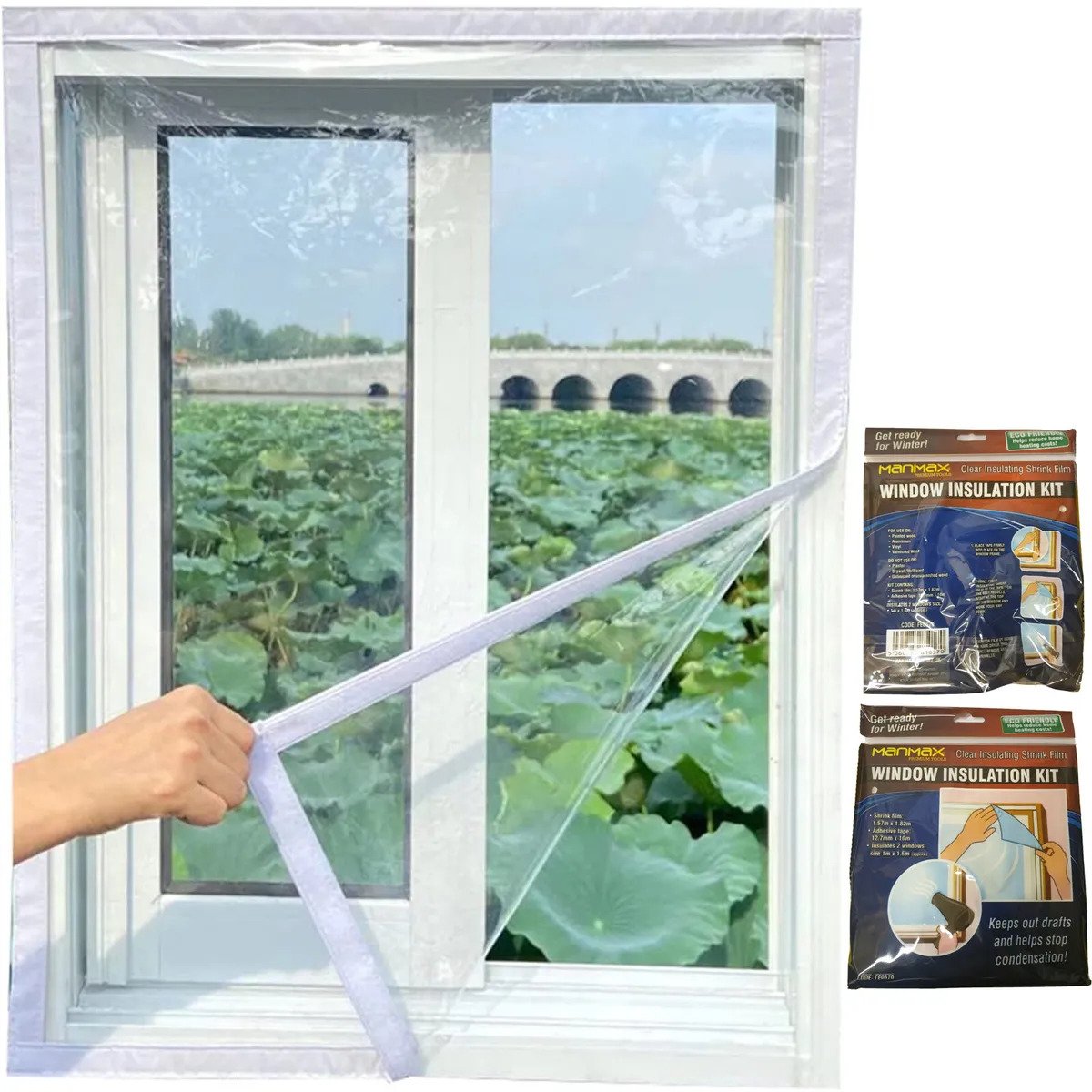

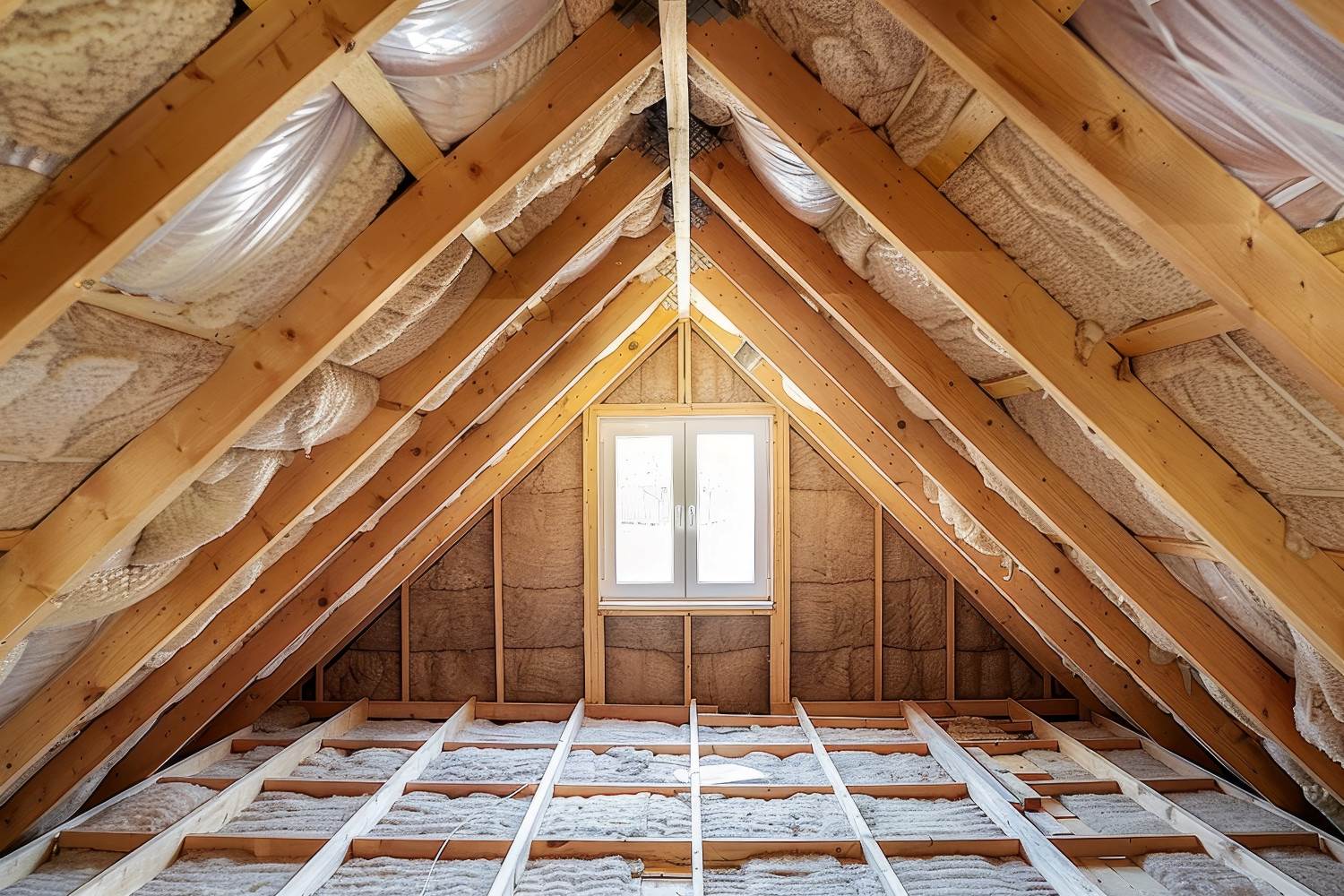
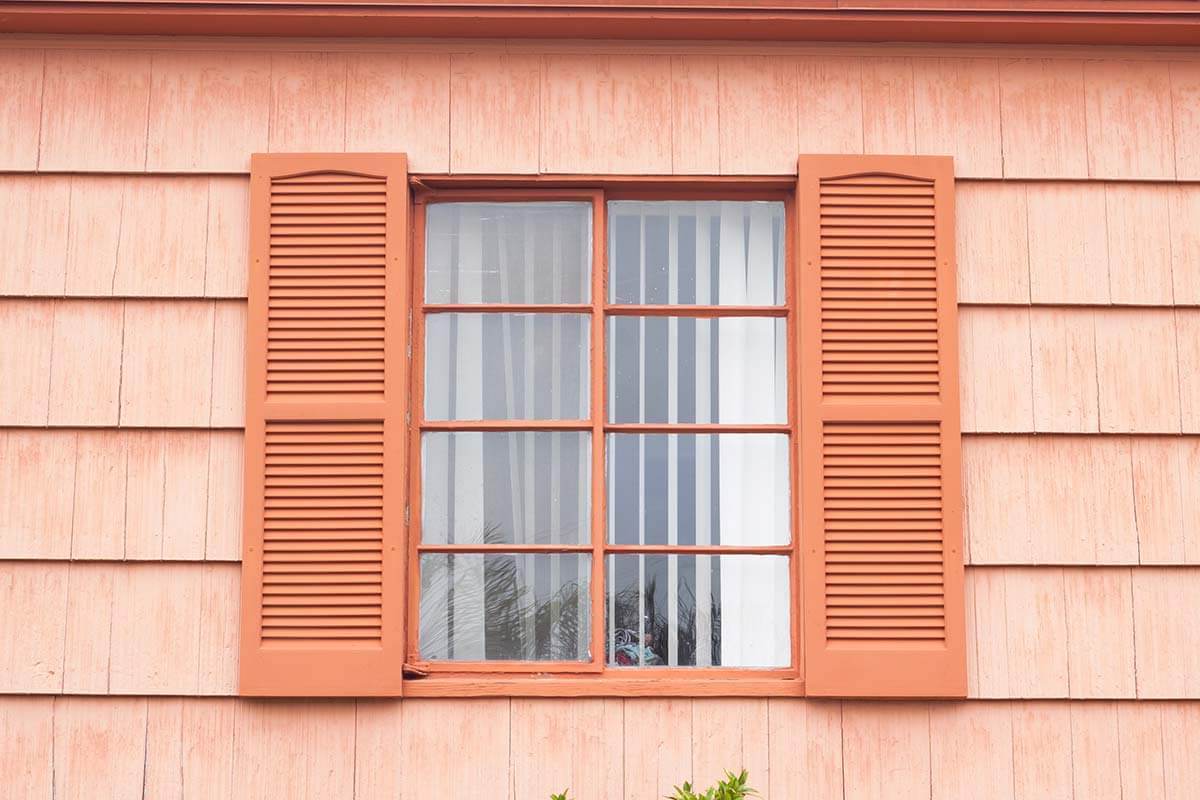
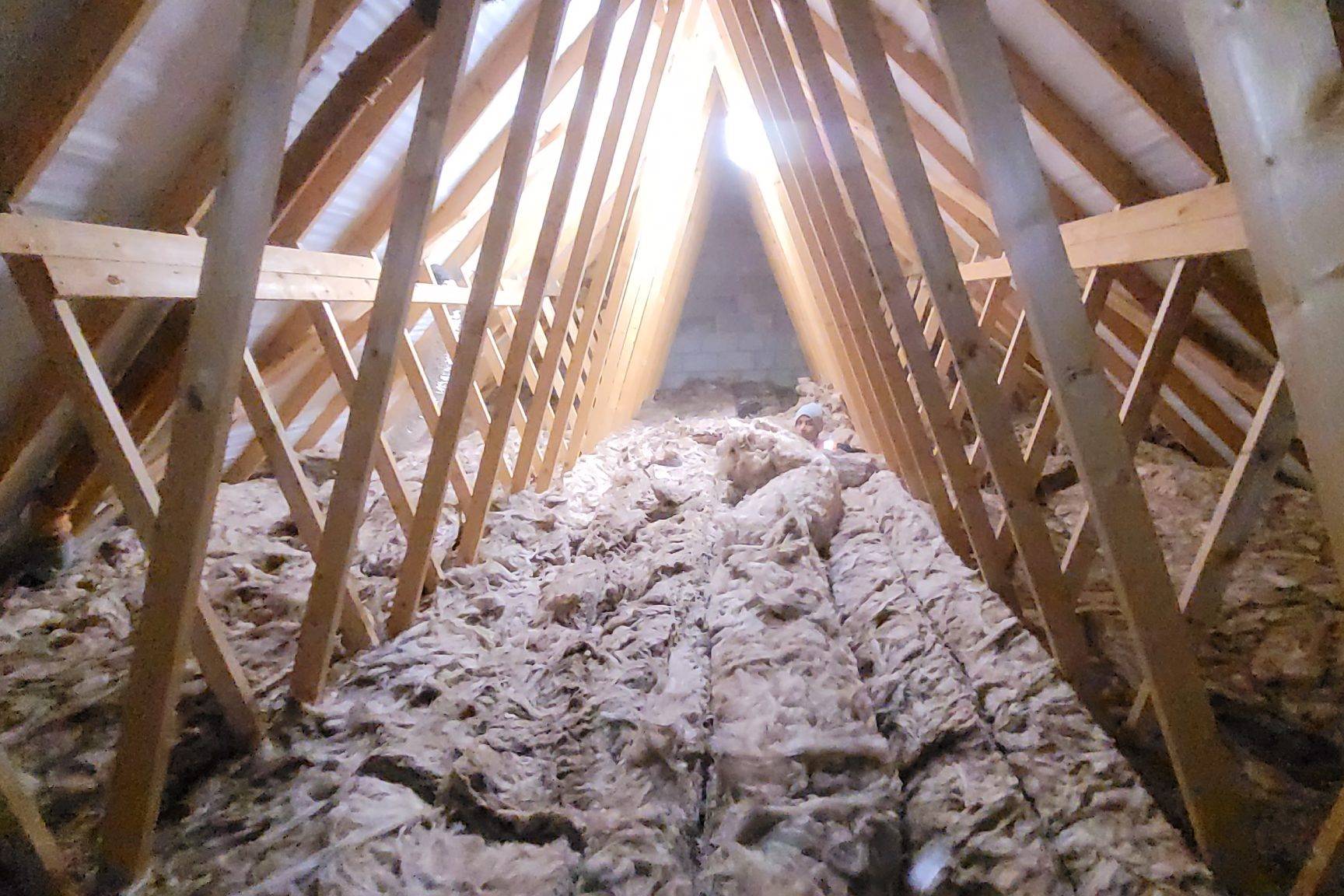
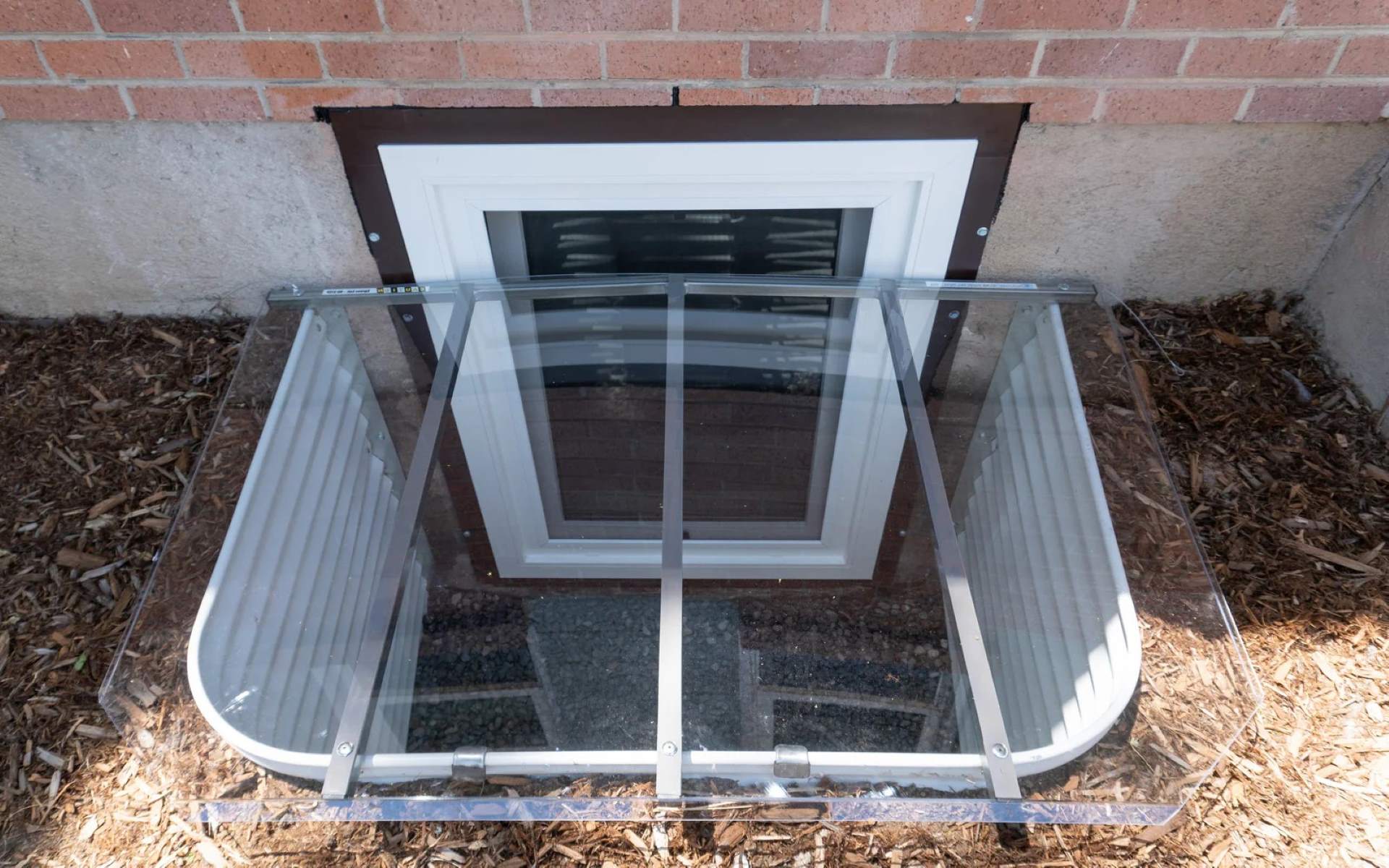
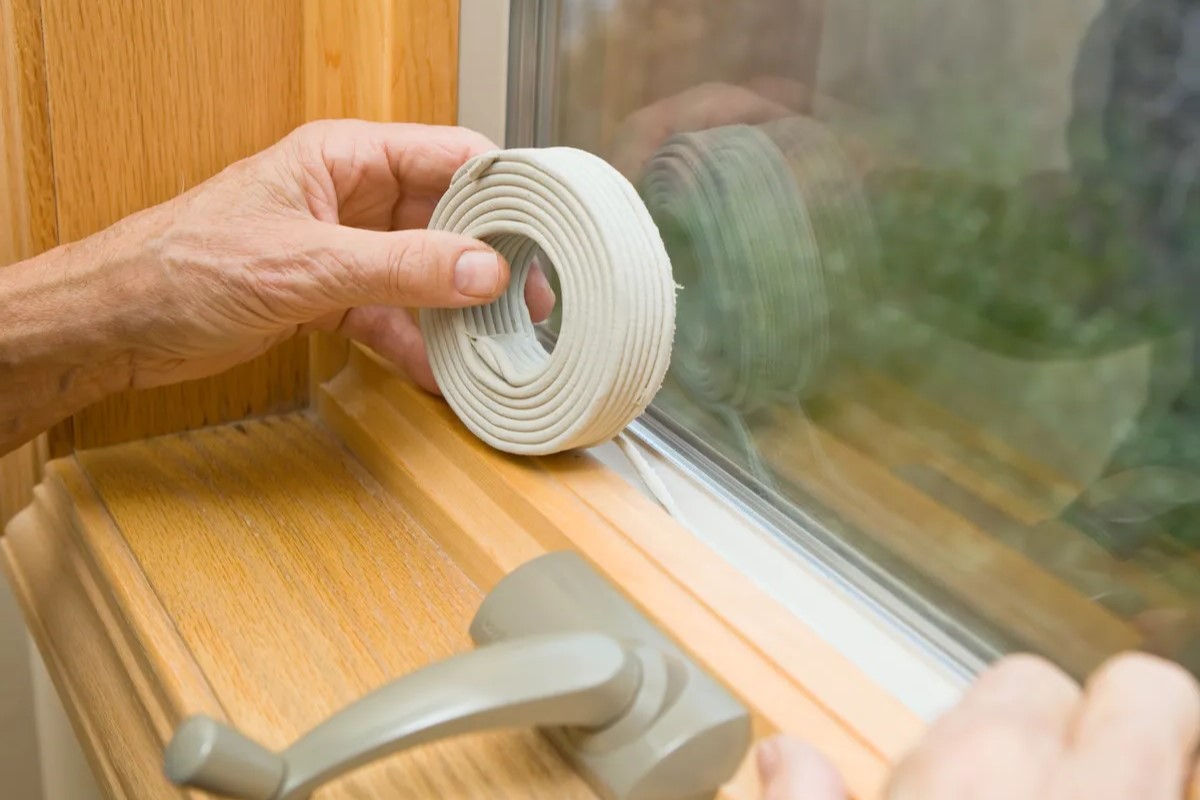
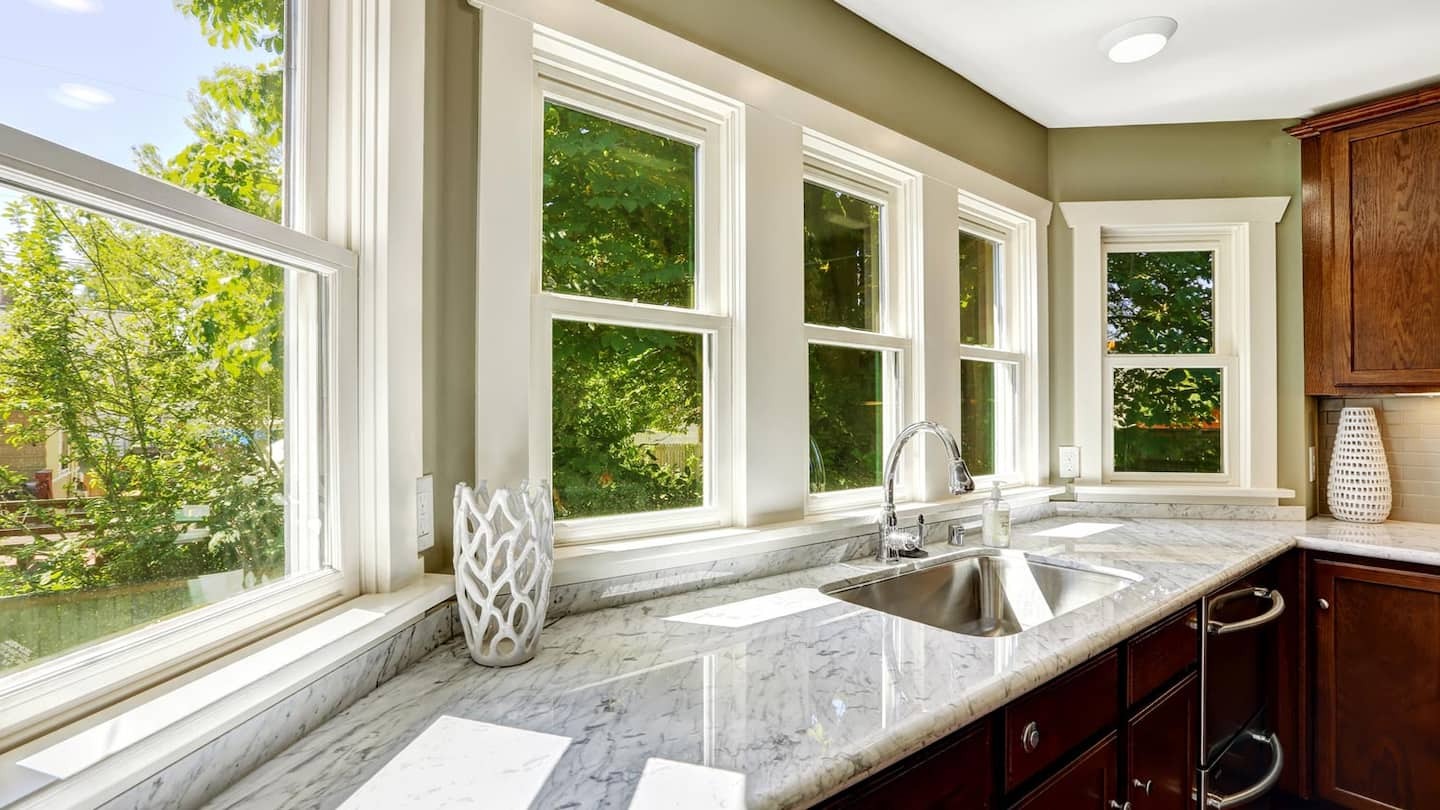
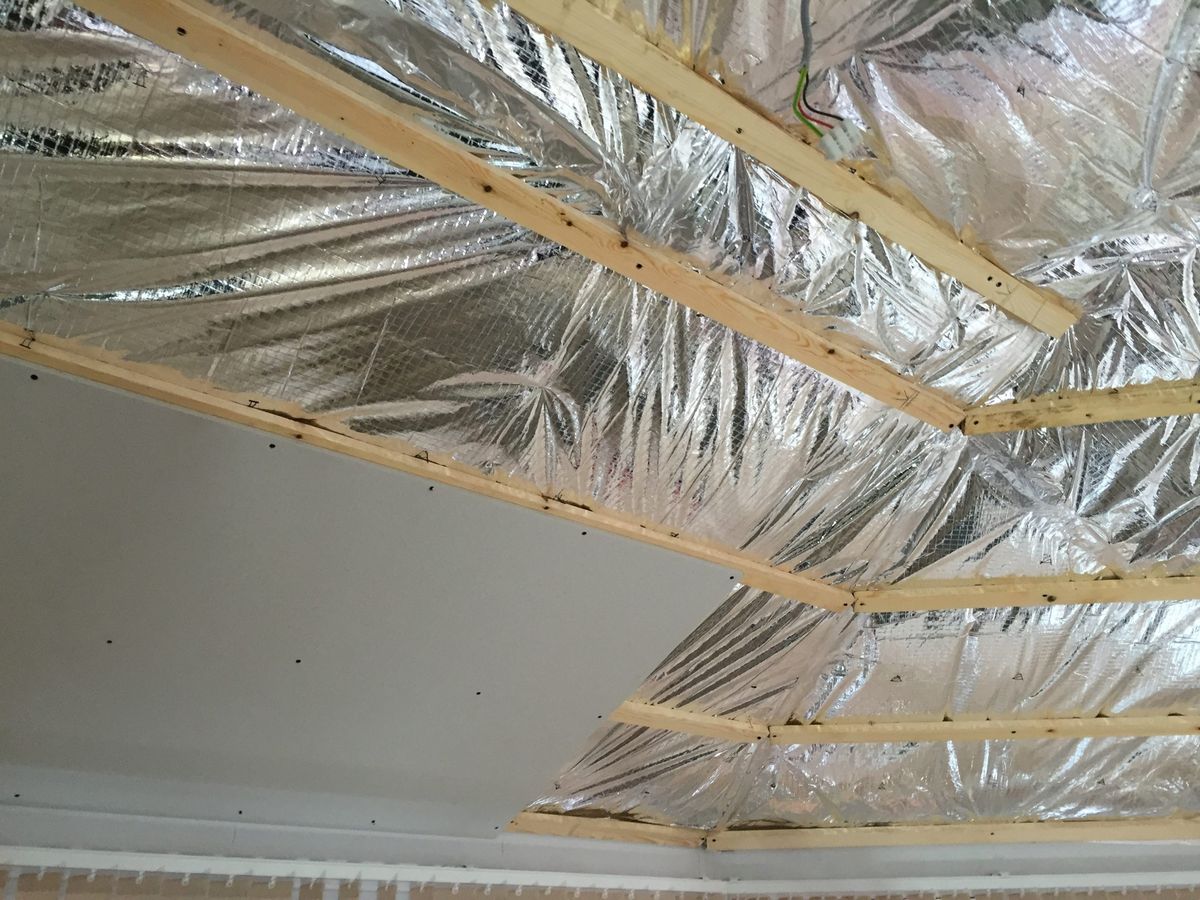
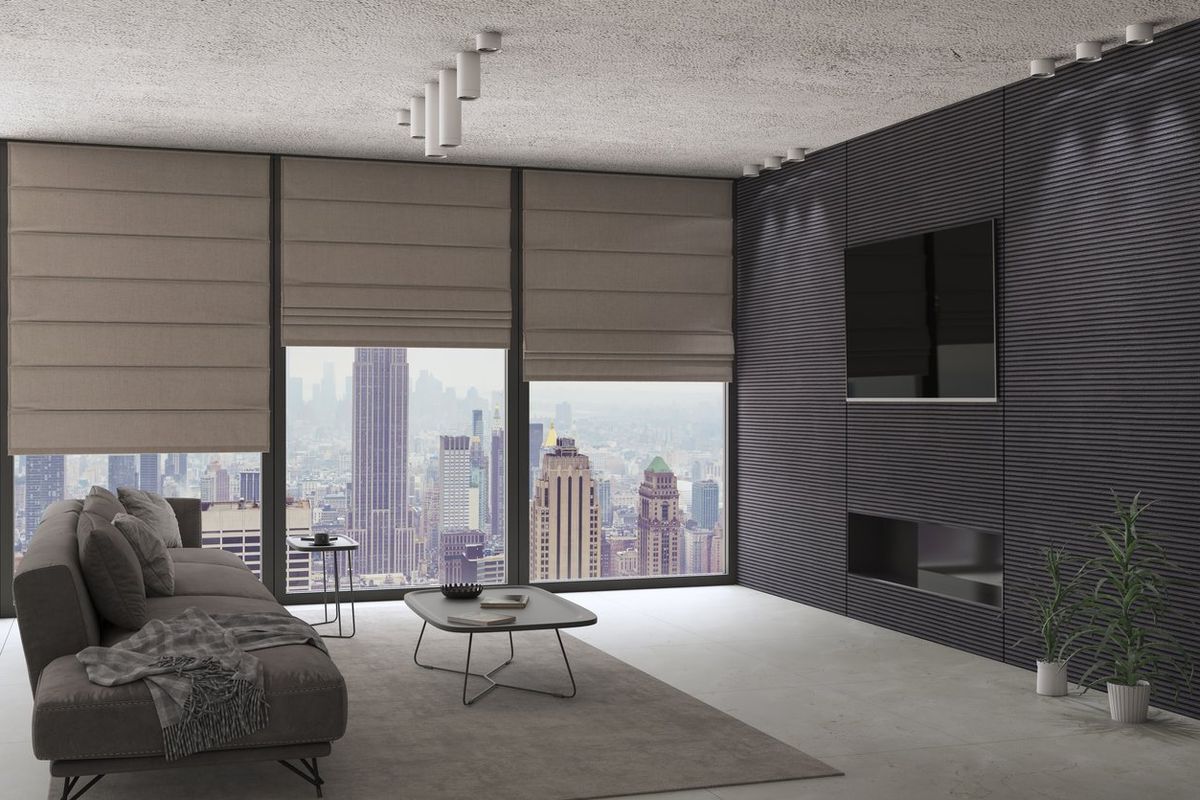
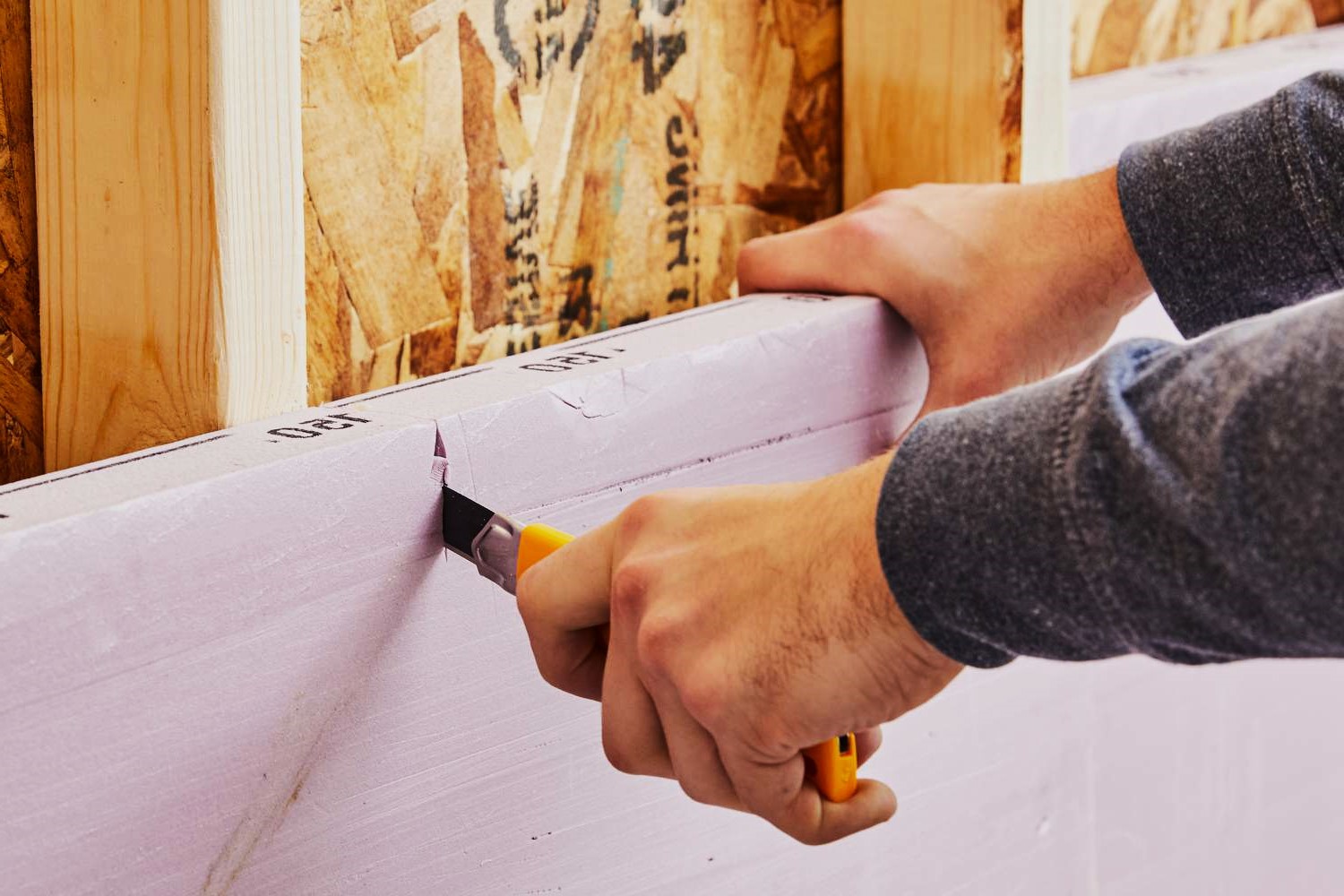
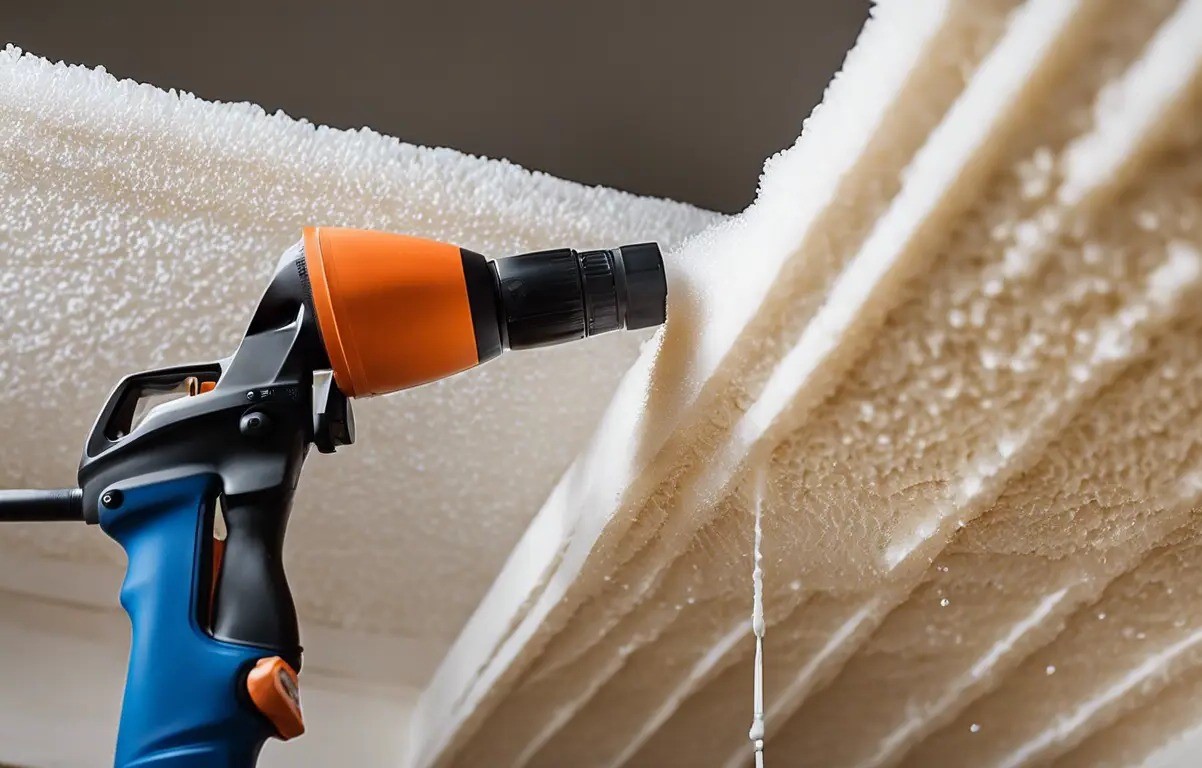

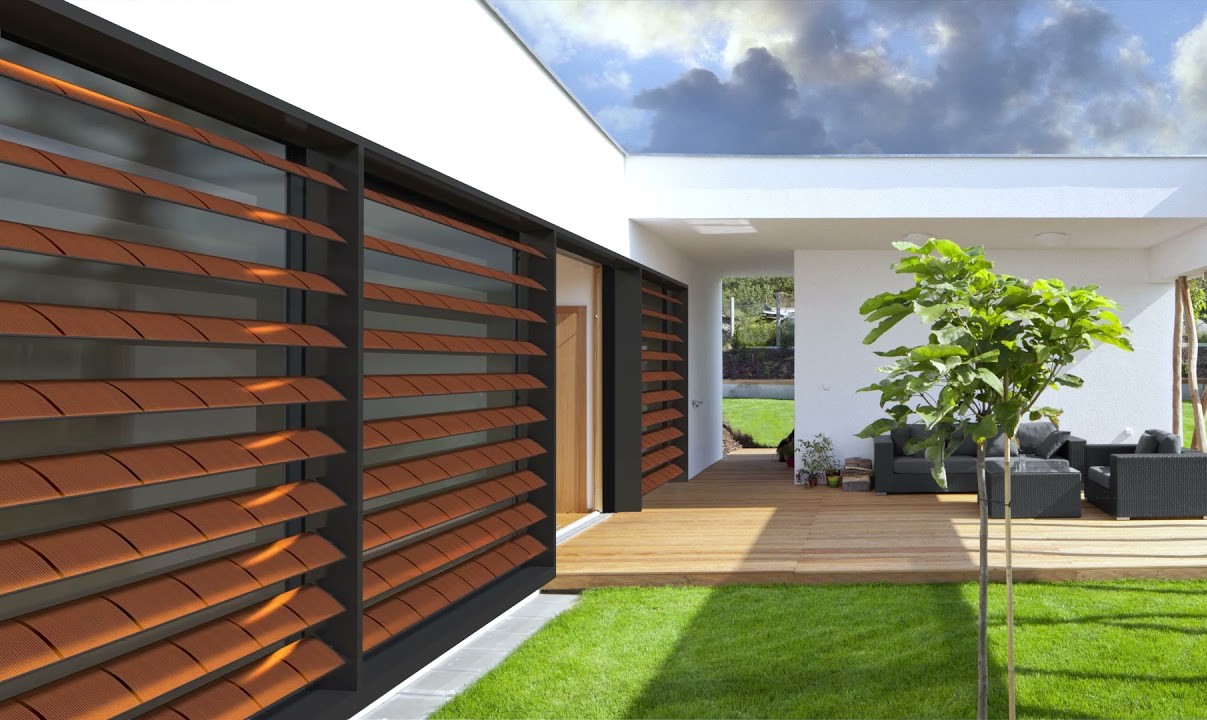
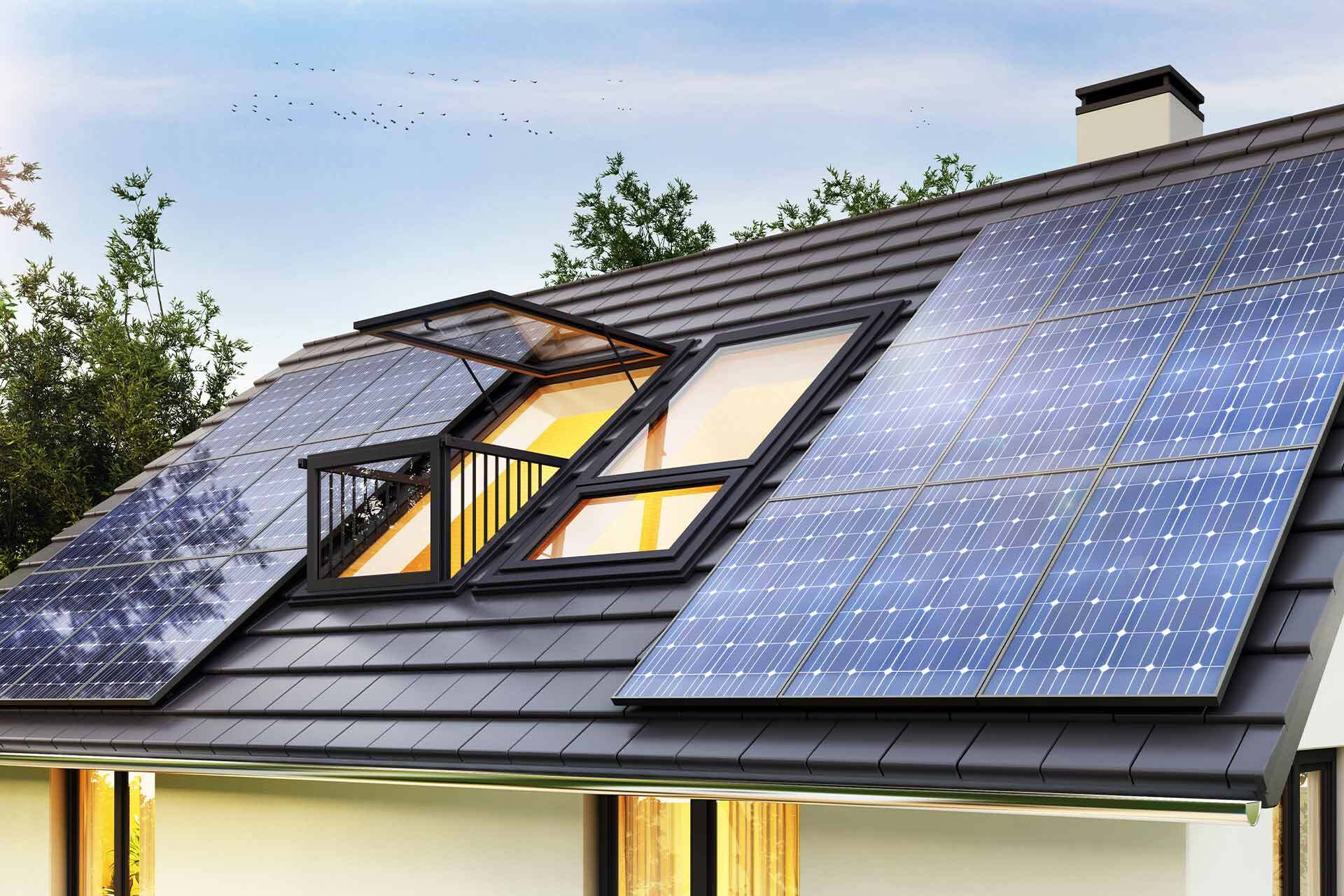

0 thoughts on “Upgrading Your Home’s Windows With DIY Insulating Film”